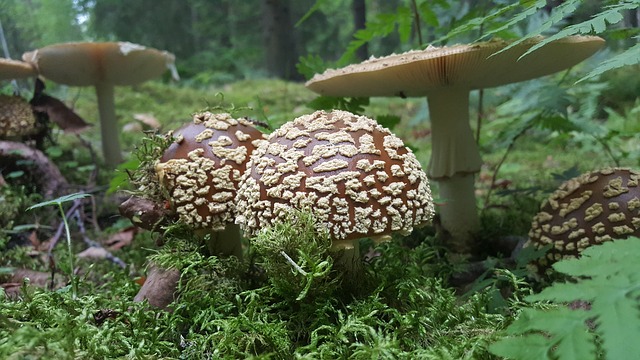
The royal fly agaric is a very similar mushroom to the red fly agaric, even at one time it was considered a type of red fly agaric and was not given the name of a separate species. However, thanks to modern scientific possibilities, it was recognized as a separate species.
In direct translation, 'regalis' means 'royal', so in the culture of other nations, this mushroom is called the royal fly agaric.
The royal fly agaric is a poisonous mushroom and unlike its relative, the red fly agaric, it retains its toxicity even after repeated cooking. Therefore, when using brown flycatcher orally, the possibility of poisoning is much higher than with red flycatcher after cooking. However, both the red fly agaric and the royal fly agaric are equally poisonous when fresh.
According to the latest research, substances such as muscarine and tryptophan and their derivatives were not found in brown fly ash, while ibotenic acid and muscimol are present in it, this is the main difference between brown and red fly ash. That's why it can be called royal.
Unfortunately, the royal fly agaric also has similar fungi! Sometimes, there are light brown flycatchers, which visually differ little from the blushing flycatcher, so always check the cut site - if it does not blush, it is not the blushing flycatcher, which is often eaten.
Even more dangerous is the resemblance of the royal fly agaric r to the panther fly agaric. Although both are poisonous mushrooms, there are cases when people use the royal fly agaric as an oral medicinal along with the red fly agaric. It is worth paying attention here that the ring and scales of a royal fly agaric are yellow, and also if you peel off the skin from the hat of a royal fly agaric , the flesh underneath will have a yellow tone. On the other hand, the scales, ring, and flesh of the panther fly agaric will be white or grayish white.
The royal fly agaric may only be collected in ecologically clean regions, as studies indicate its tendency to absorb various heavy metals, such as vanadium. In this mushroom, it is able to reach 19-85 times more content than in other mushrooms. It also accumulates salts of other heavy metals.